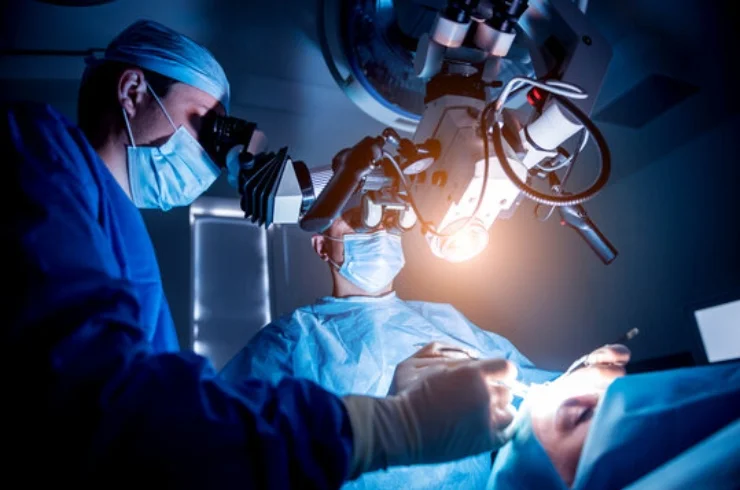Skull base surgeries

Skull base surgeries are specialized procedures performed to address conditions and abnormalities located at the base of the skull, an intricate region housing critical structures like the brainstem, cranial nerves, major blood vessels, and the upper spinal cord. These surgeries are among the most complex in medical practice, requiring advanced techniques and multidisciplinary collaboration involving ENT surgeons, neurosurgeons, and radiologists.
Conditions Treated
Skull base surgeries are performed to treat:
- Tumors such as meningiomas, pituitary adenomas, acoustic neuromas, and chordomas.
- Congenital anomalies or deformities.
- Vascular issues like aneurysms or arteriovenous malformations (AVMs).
- Cerebrospinal fluid (CSF) leaks.
- Traumatic injuries or infections in the skull base region.
Techniques Used
The advancements in surgical technology have revolutionized skull base surgeries, making them safer and more effective. Key approaches include:
- Endoscopic Skull Base Surgery: A minimally invasive technique performed through the nasal passages, reducing the need for external incisions and ensuring faster recovery.
- Open Skull Base Surgery: Used for larger or more complex conditions, involving a precise craniotomy to access the area.
Advantages of Modern Skull Base Surgery
- Improved visualization with high-definition cameras and navigation systems.
- Reduced trauma to surrounding tissues.
- Enhanced precision, minimizing complications.
- Shorter recovery times compared to traditional methods.
Post-Surgical Care
Recovery from skull base surgery involves close monitoring and rehabilitation, including physical therapy and follow-up imaging.
